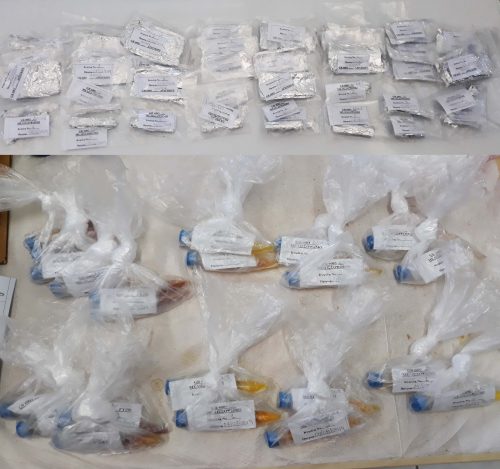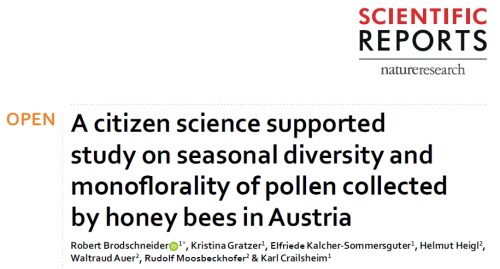Sunday morning spent in the lab preparing the last Greek INSIGNIA samples!
Do we really work for the sake of SCIENCE? Are we science-holics? It is really important to have an answer to pacify my mind! All Sunday morning spent in the lab preparing the samples, in order to have them ready for shipping Monday morning to analytical laboratories. And this is not the only thing, crazy scientists do! We also travel very far (900 km in one day) during the weekend, because there is no other time available, to meet the Citizen Scientists and collect the samples in dry ice (!), transferring the samples next day to the lab (Sunday of course)! And, hello !, the next morning (Monday of course) the financial officer tells you that you are not eligible for reimbursement of your travel expenses because it was a WEEKEND! If I’m not in love with science, what then???

But the story has another dimension! The citizen scientist’s products! The samples! I want to remember only the ones really making a great effort to collect as many samples as possible, write the correct information on the labels, pack them properly and all together in one bag per DATE of COLLECTION! Like in the pictures attached! With such a perfect collaboration, yes, I can spent my weekends travelling and in the lab! Thank you NA, GS and PA for all the good work!
Hope to work with you next year as well! Now lets wait to see the analysis results to understand what is happening out there!
Fani Hatjina,
National Coordinator for Greece











